Do you have a question about the System Sensor FAAST LT-200 and is the answer not in the manual?
Explains the operational states and transitions of the FAAST LT-200 device.
Provides a general overview of the PipelQ software and its capabilities.
Describes the graphical user interface elements of the PipelQ software.
Explains how to establish a USB connection between a PC and the FAAST LT-200 device.
Details the minimum system requirements for connecting a PC to the FAAST LT-200 for the first time.
Outlines the steps to prepare for connecting and communicating with the FAAST LT-200 via PC.
Describes how to monitor the FAAST LT-200 device using PipelQ software.
Details how to use the PipelQ configuration interface to set device parameters.
Explains how to send saved configuration settings from a PC to a FAAST LT-200 device.
Describes how to set the internal real-time clock of the FAAST LT-200 device.
Details how to set the 9 sensitivity levels for alarm and pre-alarm in stand-alone versions.
Explains how the alarm decision is made at the panel for loop-based units.
Describes how to set the fan speed control mode for the FAAST LT-200 device.
Discusses the importance of PipelQ for verifying air flow settings and EN54:20 compliance.
Explains the critical nature of delay settings for EN54:20 compliance and cautions against changes.
Guides the user through the process of creating a new PipelQ project file.
Outlines the knowledge required for creating an effective pipe layout using PipelQ.
Lists the types of reports that can be generated using PipelQ software.
Explains how to access and use the PipelQ online help system for assistance.
Lists and describes all configurable parameters for the FAAST LT-200 device.
Lists the default set-up values for stand-alone FAAST LT-200 units across different configurations.
Lists the default set-up values for loop-based FAAST LT-200 units across different configurations.
Lists and describes fault codes generated by the FAAST LT-200 unit for event logging.
Provides a specific pipe layout example for a 100m Class C single-channel configuration.
Provides a specific pipe layout example for an 80m Class B single-channel configuration.
Provides a specific pipe layout example for an 80m Class A single-channel configuration.
Illustrates a maximum 1-channel configuration with a branch for Class C.
Shows a pipe configuration example with an external filter for Class C.
Shows a pipe configuration example with an external filter for Class B.
Shows a pipe configuration example with an external filter for Class A.
Compares FAAST LT versions with compatible PipelQ software versions.
Lists part numbers associated with different FAAST LT device versions.
Guides the user on how to download the latest PipelQ software from the manufacturer's website.
Provides step-by-step instructions for installing the downloaded PipelQ software on a PC.
Explains how to launch the PipelQ application after installation.
Outlines a methodology for creating EN54 compliant pipe layouts using PipelQ.
Offers practical advice for optimizing air flow and pipe system design in PipelQ.
Explains the operational states and transitions of the FAAST LT-200 device.
Provides a general overview of the PipelQ software and its capabilities.
Describes the graphical user interface elements of the PipelQ software.
Explains how to establish a USB connection between a PC and the FAAST LT-200 device.
Details the minimum system requirements for connecting a PC to the FAAST LT-200 for the first time.
Outlines the steps to prepare for connecting and communicating with the FAAST LT-200 via PC.
Describes how to monitor the FAAST LT-200 device using PipelQ software.
Details how to use the PipelQ configuration interface to set device parameters.
Explains how to send saved configuration settings from a PC to a FAAST LT-200 device.
Describes how to set the internal real-time clock of the FAAST LT-200 device.
Details how to set the 9 sensitivity levels for alarm and pre-alarm in stand-alone versions.
Explains how the alarm decision is made at the panel for loop-based units.
Describes how to set the fan speed control mode for the FAAST LT-200 device.
Discusses the importance of PipelQ for verifying air flow settings and EN54:20 compliance.
Explains the critical nature of delay settings for EN54:20 compliance and cautions against changes.
Guides the user through the process of creating a new PipelQ project file.
Outlines the knowledge required for creating an effective pipe layout using PipelQ.
Lists the types of reports that can be generated using PipelQ software.
Explains how to access and use the PipelQ online help system for assistance.
Lists and describes all configurable parameters for the FAAST LT-200 device.
Lists the default set-up values for stand-alone FAAST LT-200 units across different configurations.
Lists the default set-up values for loop-based FAAST LT-200 units across different configurations.
Lists and describes fault codes generated by the FAAST LT-200 unit for event logging.
Provides a specific pipe layout example for a 100m Class C single-channel configuration.
Provides a specific pipe layout example for an 80m Class B single-channel configuration.
Provides a specific pipe layout example for an 80m Class A single-channel configuration.
Illustrates a maximum 1-channel configuration with a branch for Class C.
Shows a pipe configuration example with an external filter for Class C.
Shows a pipe configuration example with an external filter for Class B.
Shows a pipe configuration example with an external filter for Class A.
Compares FAAST LT versions with compatible PipelQ software versions.
Lists part numbers associated with different FAAST LT device versions.
Guides the user on how to download the latest PipelQ software from the manufacturer's website.
Provides step-by-step instructions for installing the downloaded PipelQ software on a PC.
Explains how to launch the PipelQ application after installation.
Outlines a methodology for creating EN54 compliant pipe layouts using PipelQ.
Offers practical advice for optimizing air flow and pipe system design in PipelQ.
| Type | Aspirating Smoke Detector |
|---|---|
| Sampling Method | Continuous air sampling |
| Power Supply | 24 VDC |
| Operating Temperature | 32°F to 120°F (0°C to 49°C) |
| Air Flow Monitoring | Yes |
| Coverage Area | Up to 2, 000 sq ft |
| Compatibility | Compatible with fire alarm control panels |
| Technology | Laser-based smoke detection |
| Alarm Relay | Form C relay output |
| Fault Relay | Form C relay output |

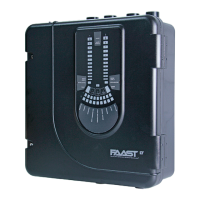

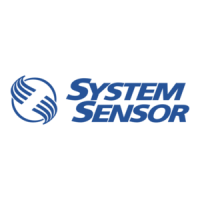
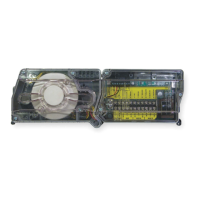
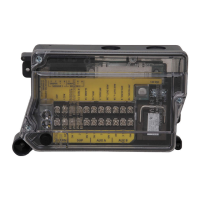
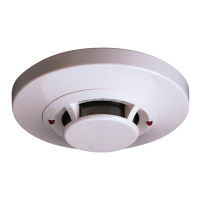
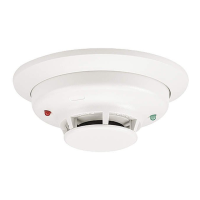
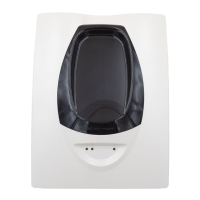


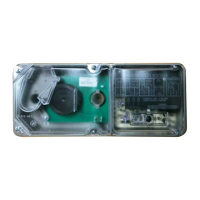
